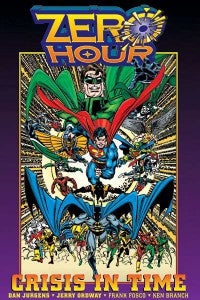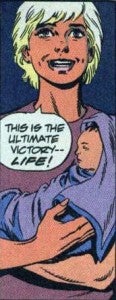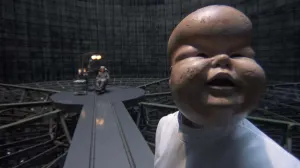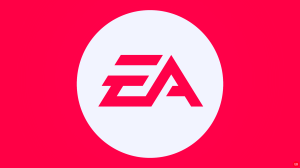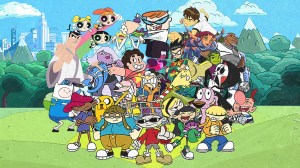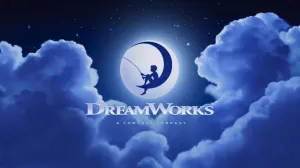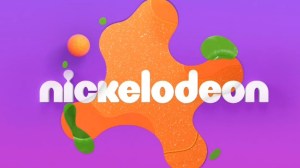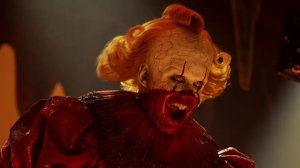DC Comics has been promoting its 1990s crossover series Zero Hour on its social media sites today, with both the company’s Facebook page and their Twitter feed promoting the series which, while usually difficult to find at a brick-and-mortar comic book store, is available for around ten bucks for the whole series on DC’s digital comics storefront.Since comics news websites weren’t really a thing in 1994, it seemed like this was as good an opportunity as any to talk to Zero Hour writer/artist Dan Jurgens, about to embark on a run on The Fury of Firestorm the Nuclear Men next month, about what it was like putting together one of these big, continuity-altering monsters back in the heyday of the ’90s comics boom.I feel like the first line in your bio will always be that you created Doomsday and wrote Superman #75, but Zero Hour, especially at the time with Infinite Crisis and Final Crisis yet to happen, really was a pretty formidable assignment in its day, wasn’t it?Yeah, true. It’s one of those situations that you know will be tough and you know it will be a lot of work, but until you’re in the middle of it, you just don’t have any idea how much it can wear you down. Especially if you’re writing AND drawing the book. It was a relentlessly pressurized few months.How’d you come by the gig? Was it just a question of Superman‘s popularity at the time?I thought it up!Actually, I had been talking with Mike Carlin about a project with those general broad strokes for a while. At the same time, my old pal KC Carlson, who was then an editor on staff, had some similar thoughts.So Mike put KC and I together and Zero Hour was the result.Of the characters who came out of Zero Hour, were there any you had a direct hand in creating? I mean, Guy Gardner: Warrior and Starman and the weird Fate monster all had their own series, so I’ve always assumed you were just asked to put them in the title.That’s more or less true.As we developed the overall project, there was an absolute goal of launching a few new books. Beyond that, those characters are very much the work of the creators and editors in charge of those particular books.I was more involved with the overall project as well as some of the overhauls with the existing characters.Were there any of those you particularly liked?Starman was an absolute highlight, no doubt.
Zero Hour
Zero Hour, like a lot of stuff that came out of the ’90s, has had a pretty bad rap from some fans and critics in recent years for its, ahem, fashion choices. Those characters we mentioned earlier notwithstanding, what were some of the odder things you had to draw in this series?
You had a chance to revisit the story back when you and Johns (who wrote Infinite Crisis) were working on Booster Gold. Was it a bit trippy to go back into that scene, or was that just kind of part of Booster’s stock-in-trade?
Zero Hour
Superman
I know you really respect Marv Wolfman’s work. How did it feel to be doing what really amounted to an unofficial sequel to his biggest, best-known work?
Zero Hour
Crisis on Infinite Earths
Did you ever feel like you had to walk the line of doing continuity “clean-up” without actually stepping on Crisis?
Green Lantern
Zero Hour
Green Lantern
At the point when Zero Hour was being published, I don’t feel like DC was having big annual events, were they?
That said, we’d gone from the Giffen-DeMatteis era on Justice League/Justice League International straight into your run on Justice League of America, and so it had been a while at that point since we’d seen all of DC’s big guns assembled against one threat, hadn’t it?
With that in mind, was that why you wanted to get the time-displaced Hal into the story? It would have seemed a bit odd to see them all coming together without him.
In hindsight, it seems as though this is one of your “early” time travel stories, but at the time, you’d already done Armageddon 2001 and Time and Time Again. This one was definitely bigger and more ambitious than those previous tales, so did it feel at the time like a culmination of something?
Zero Hour was interesting in that it was a continuity-intensive story that nevertheless didn’t retcon any of what came before it. Was that something that was important to you, or was it more a question of a DC edict?
And did that make the timeline coming out of Zero Hour (in this case, a literal timeline that you had to write and draw) a little more complex?
I’m coming to you with all this because DC is promoting Zero Hour as a digital product on its social media sites today. Is it nice to see some of your older work reappearing in digital formats?
As the direct market struggles to keep their head above water, do you think digital helps to keep material in circulation that’s cost-prohibitive to keep in print and to merchandise on the shelves? It seems to me that’s the ideal use of the format, and one that even retailers should be able to get behind.

